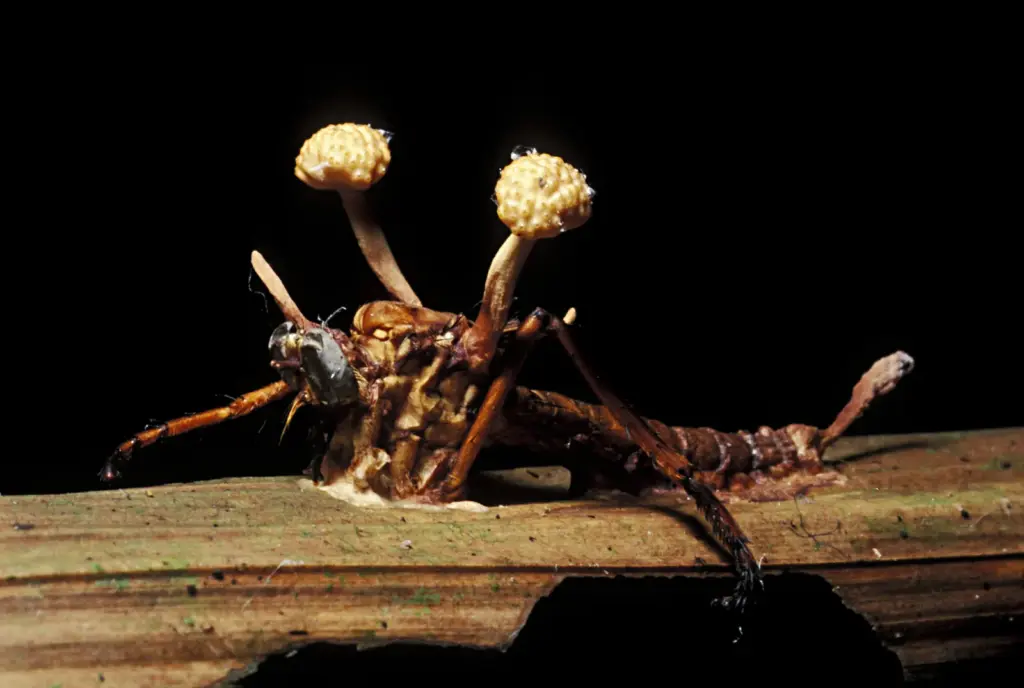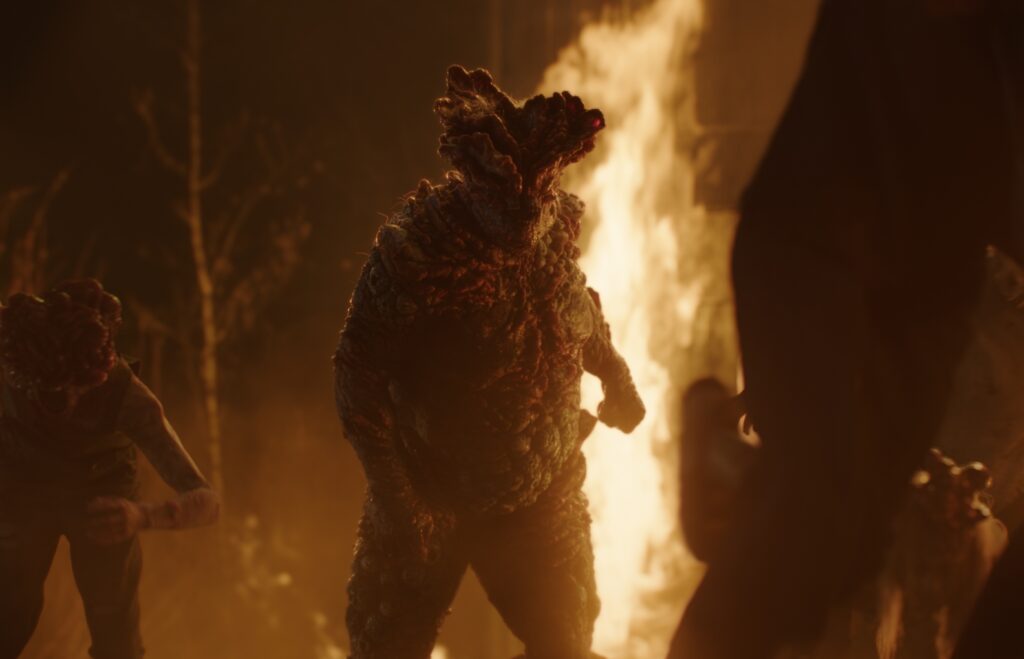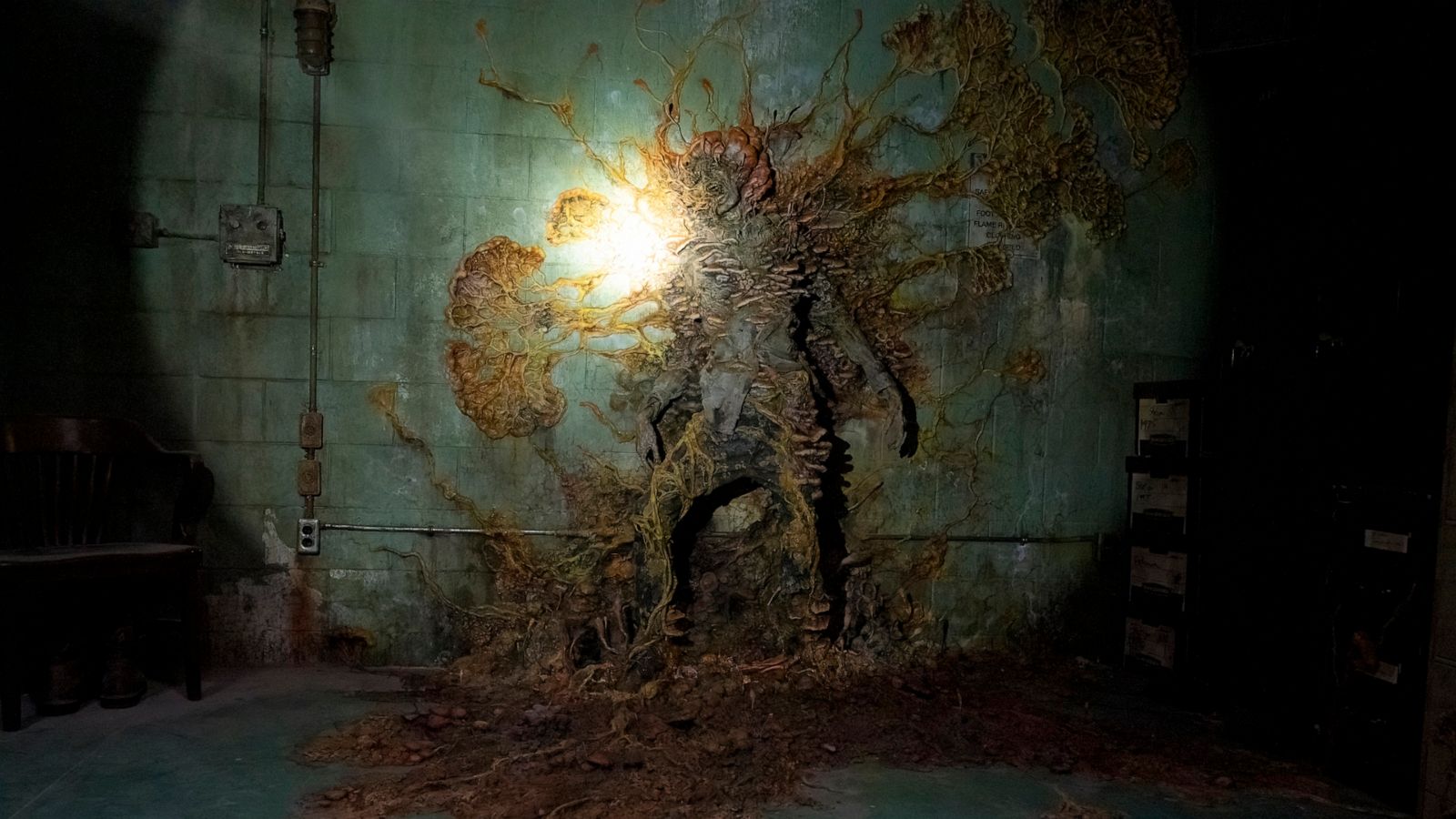The Evolution and Secrets of Clickers, Runners, and More…
If you’ve spent enough time roaming the ruined cities and desolate landscapes of “The Last of Us,” you know one undeniable fact: these aren’t your run-of-the-mill zombies. Not by a long shot. Instead of shambling, brain-hungry corpses, we get a fresh take. The Cordyceps Brain Infection – or just Cordyceps to its close friends – crafts a horrifyingly unique lineup of infected humans. They’re alive, they’re evolving, and they become something considerably scarier than mere flesh-eaters.

Let’s dig deep into this infected codex together, because trust me, survival hinges on knowing exactly what’s chasing you.
Stage 1: Runners – Fast, Frenzied, and Fierce
First up, we’ve got Runners. These poor souls are brand new to the infection game. They’ve been infected for mere days, and at a glance, they might almost look human. Emphasis on ‘almost.’ Sure, they’re still fresh-faced, but they’re anything but chill.
When confronted, Runners swarm victims with a reckless abandon, moving quicker than normal human limitations would allow. Their movements are erratic and unpredictable. Pure chaos and adrenaline are their bread and butter. They can’t strategize, but their sheer numbers and frenzied energy make up for that deficit.
Interestingly – and tragically – some Runners still struggle internally. Early infected seem partially conscious of what they’re doing. Creepy, right? You might see glimpses of hesitation or distress between their bursts of aggression.
So to sum up:
- Infection Time: Just days.
- Identifying factor: Looks somewhat human, acts very crazy.
- Strength: Numbers, speed.
- Weakness: Poor durability, ease of takedown.
You’ve probably seen enough zombie flicks with lumbering foes. Runners flip this trope upside down. They sprint, lunge, and attack so fast you’re barely registering what’s happening until it’s too late.
Stage 2: Stalkers – Quiet, Sneaky Hunters
Give a Runner a few weeks to a year, and things get intensely sinister. Enter: the Stalker. Fungal growths cover more of their faces and bodies, distinctly marking this new stage.
These guys? They’re all about ambush hunting, lurking stealthily until prey unknowingly walks right into range. They usually hide in shadowy locations – like abandoned buildings or basements – staking out passing survivors with unsettling patience.

Stalkers even exhibit some seriously disturbing fungal behaviors, adhering themselves to walls to blend into fungal growth patches. They’ll patiently await their next target like a horrifying fungus-infested booby trap. Charming, isn’t it?
So, quick review of the stalkers:
- Infection Timeframe: A few weeks to a year.
- Surprising Intelligence: They’re strategic, can ambush silently.
- Environment: Wet, dim surroundings preferred.
- Big giveaway: Visible fungal formations.
These stalkers aren’t your stock undead; they’re quiet, clever, and dangerously patient. Consider doubling down on flashlights and nerves when entering closed spaces – you’ll thank yourself later.
Stage 3: Clickers – Blind Terror, Perfect Hunter
Another year into this nightmare infection, and you bump into Clickers. They’re iconic, horrifying, and notoriously deadly. The fungal plate growing over their faces robs them of sight, but the Cordyceps is nothing if not adaptable.
With no eyes, Clickers have evolved terrifyingly efficient echolocation abilities, sending out spine-chilling clicking noises to feel out their surroundings. Noise is their strongest sense, and they’re quick to turn any careless survivor into their next meal.

Clickers are stronger and far more resilient than their younger, less freaky siblings. One wrong move, one accidental sound, can turn stealth into slaughter in seconds.
Here’s the Clicker Cliff notes:
- Infection Time: One year or more.
- Blind but effective; extraordinarily sensitive hearing.
- Distinctive clicking noises used for navigation.
- Strength: Powerful, durable, and notoriously hard-to-kill.
- Weakness: Blindness can be exploited through stealth maneuvers.
Expect pulses to pound and knees to tremble when Clickers are near. Knowledge – and more than a little stealth – is your saving grace against these echolocating nightmares.
Stage 4: Bloaters and Shamblers – Big, Bad, and Explosive
Time passes, fungal transformations abound, and infected that survive multiple years eventually branch into totally distinct monstrosities: Bloaters and Shamblers.
First, we meet the Bloater, a beastly, armored heavy hitter that stomps around dry climates. Covered entirely in thick fungal armor, Bloaters shrug off bullets like they’re mosquito bites. They’re slow-moving tanks, hurling spore-bombs that explode and infect anyone too close. Gross and dangerous – an unpleasant combo.
On the flip side, Shamblers thrive in humid, soggy conditions. These grotesque, walking fungal colonies ooze toxins and spray cloud-like acidic spores that inflict severe burns to flesh. When they die, they release a last sporesplosion – because why not end things with a bang?
To review their nasty differences clearly:
- Bloaters:
– Dry climate super-troopers.
– Armored, slow, huge.
– Throws explosive spore bombs.
- Shamblers:
– Moist environment villains.
– Acidic spore emitters, burns on contact.
– Explosive spore release upon death.
Both these infected represent Cordyceps’ stunning adaptability. They’re strong, terrifying, and each distinctly unique. Steer clear or pack quite the firepower.
And the Award for Weirdest Mutation goes to…the Rat King
Just when you think you’ve figured Cordyceps out, this bizarre spectacle appears. Meet The Rat King – an infected abomination born in long-term isolation scenarios. Picture several infected mashed and melded together into one lumbering horror, drawing elements from Clickers, Stalkers, and Bloaters alike.
This hulking mass moves aggressively, resists extreme damage, and – if things weren’t gross enough – can splinter off infected from its own massive body to attack victims independently. This infected monstrosity marks the Cordyceps infection at its fiercest, most unsettling ingenuity yet.
Rat King rundown:
- Mutation: Fusion of multiple infected forms.
- Attributes: Enormously strong, incredibly resistant.
- Freaky Talent: Can split into multiple attackers from its main body.
- Origins: Long-term isolated fungal evolution.

If regular infected enemies weren’t terrifying enough, the Rat King’s pure fungal nightmare fuel takes horror to the next level.
Fungus vs. Zombies: The Horrifying Biology Behind Cordyceps
Unlike your run-of-the-mill zombies, the infected here aren’t the risen dead. They’re alive. The Cordyceps fungal parasite hijacks their bodies, aggressively remodeling them toward a singular purpose: infect more hosts. It’s not hunger that drives them – it’s transmission.
Human survivors aren’t prey as much as they’re vessels for reproduction, adding extra layers of creepiness to the horror. The variety of infected – each stage’s grotesque characteristics – also showcase an impressive realism behind this fungal evolution. They feel organic, almost plausible, deeply unsettling viewers on a primal level.
Because the infected feel horrifyingly real and grounded, their threat looms larger, more visceral. Instead of videogame cannon fodder, they’re tangible obstacles survivors navigate – danger incarnate, unpredictable, fierce.
Survival Tip of the Day (You’re welcome):
If the infected have taught us anything at all, it’s to stay quiet, stay sharp, and move carefully. These creatures highlight the fascinating yet dreadful potential of biological nightmares. From Runners and Stalkers all the way to the Rat King – they each tell a story, building deeper lore and terrifying narrative stakes.
Every stage brings its nightmare. Every form has its weakness. Knowledge is power. Or at least it’s your best shot at surviving another day in the Cordyceps pandemic. Keep eyes open, keep quiet, and maybe – just maybe – you’ll live long enough to tell this horror story yourself.




